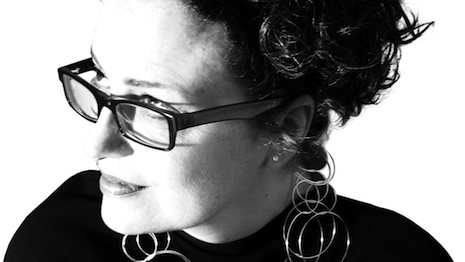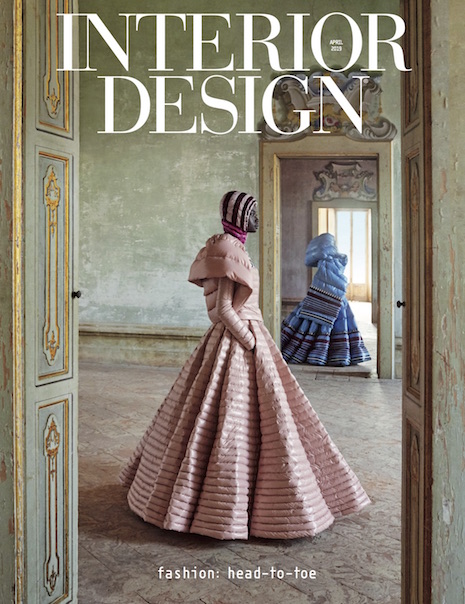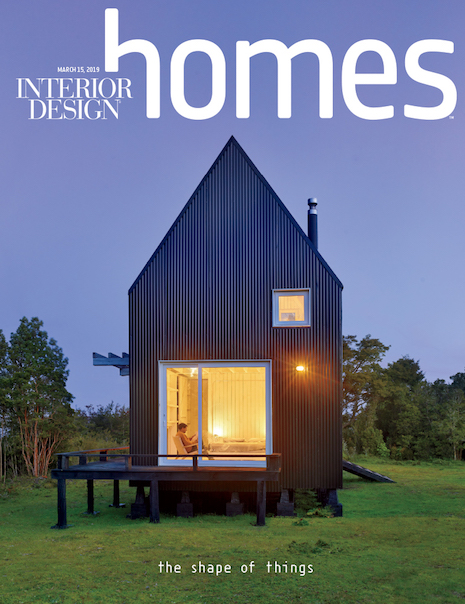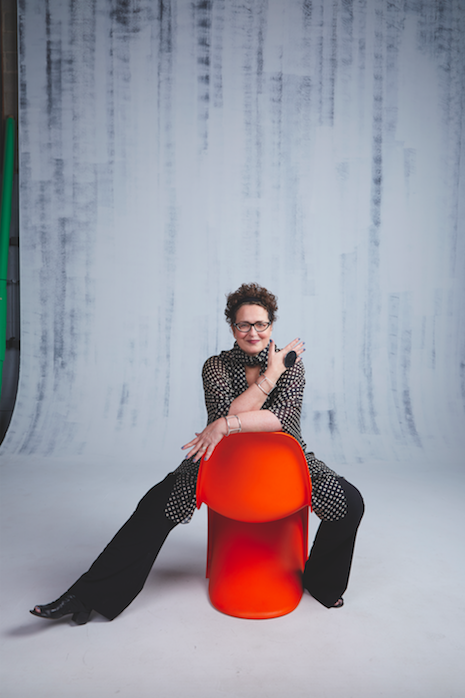 Cindy Allen is editor in chief of Sandow's Interior Design magazine
Cindy Allen is editor in chief of Sandow's Interior Design magazine
As editor in chief of Sandow’s widely read Interior Design magazine, Cindy Allen is witness, chronicler and herald of trends and tastes in residential and commercial décor in a multi-billion-dollar industry.
The current design zeitgeist is trending more modern and contemporary versus traditional aesthetic, something of which Ms. Allen is proud.
“At Interior Design, we have always been unapologetically modern, so we’d like to think we have had an influence on that,” Ms. Allen said.
In this interview, Ms. Allen discusses the state of interior design across styles, genres, materials and colors, millennial tastes, designers launching product, where she is steering the 87-year-old Interior Design magazine, and the role of events as the business turns rapidly digital in discovery, planning and execution. Please read on:
What is the state of interior design in the United States?
Fees are up and projections for 2019 indicate they will continue to rise.
The Giants of Design logged a total of 1.1 billion square feet in 2018, topping a billion for the second straight year.
Corporate and hospitality work remains hot, and residential is through the roof.
It's interesting to note that the traditional aesthetic used to be the most popular style in residential design and now modern/contemporary has surpassed that.
At Interior Design, we have always been unapologetically modern, so we’d like to think we have had an influence on that.
 Interior Design magazine's April 2019 issue
Interior Design magazine's April 2019 issue
What is the biggest trend in interior design in terms of materials, colors and fabrics?
It’s an exciting time for material innovation.
Newspaper gets woven in to wallcovering, reclaimed plastic eyeglasses become chairs, seaweed is made into carpet.
In fact, biophilic design is so popular that greenery has taken the place of wallcovering in many vertical surfaces.
Regarding color, the biggest move is toward an abundance of it.
Bright colors, jewel tones, and a new take on pastels were on full display at Salone del Mobile this year, much to our delight.
Everybody's chasing millennials. Are affluent millennials into curated design for their homes?
Millennials are passionate about design and expect great design in their homes, offices, everywhere.
For affluent millennials, it’s all about the big mix: splurging on high-end furnishings combined with accessible pieces.
The makers movement resonates with millennials and craftsmanship is high on their list.
Every interior designer worth his or her salt seems to be launching product and turning themselves into lifestyle brands. What informs that confidence?
Interior designers work with clients to create beautiful, functional spaces all day, so they become very well versed in what is missing in the market.
We often hear of a designer creating a product line because they were looking for something and couldn’t find it.
When a talented designer partners with a quality brand, the results can be amazing.
How has Interior Design's coverage of the business evolved over the years?
When Interior Design magazine was launched, more than 87 years ago, it was actually called The Decorators Digest, so, yes, we have come a long way.
For many decades, great design was for a select few. Today, design influences almost every aspect of our world and its value is universally recognized.
As a result, we have evolved our coverage from residential and commercial architecture, interiors and product design to now include everything from art, fashion, technology and even automotive, marine and aviation.
 Shedding light: Interior Design Homes' March 2019 edition
Shedding light: Interior Design Homes' March 2019 edition
What is your focus for the magazine in the next couple of years?
We plan to publish more content on industry trends and the business of interior design moving forward, as our readers are seeking deeper knowledge and industry insights than ever before.
From an overall brand perspective, we intend to continue to invest in experiential platforms and add new services for our partners.
Our ThinkLab research division, launched this year, is a great example of how we are diversifying our offering to support clients in meaningful ways.
At the end of the day, it is about celebrating and promoting great design.
What is the Interior Design readership demo like? What is their primary concern?
Interior Design is read primarily by designers, architects, other specifiers and, now, end-users.
Because of our unparalleled commercial design coverage, our audience is designing the largest projects in the world, specifying $80-plus billion each year.
Both Interior Design and Interior Design Homes are distributed through Sandow’s exclusive private aviation newsstand network, which puts the publications in the hands of C-suite decision makers and highly affluent consumers.
Our audience is more expansive than you may realize, and includes a digital following of 8 million globally.
What role do events play in your publishing strategy? How do you compete with the industry giants such as ICFF?
Events have become an important extension of our brand and we are known for creating exceptional experiences for designers, manufacturers and end users.
The level of engagement we provide and the curated programming we deliver has enhanced the brand’s ability to connect with our audience and partners, and also to connect them to each other in meaningful ways.
With technology taking over our lives, face-to-face interactions are more important than ever.
We would never consider ICFF or any other trade show to be competitive to our events.
Our events are coveted for the relationships we help establish in the industry and the intimate nature of the networking we facilitate.
In fact, we have a great relationship with ICFF and partner with them on the annual NYCxDESIGN Awards program.
 Cindy Allen shows the right attitude for design
Cindy Allen shows the right attitude for design
What’s next for the luxury end of interior design?
The industry is redefining what luxury in design means these days, with amenities that focus on convenience, community and wellness.
Health and wellness will continue to be a top priority in every sector of our industry, and not just for the luxury market.
I just toured a new development in [New York’s] Long Island City that features an entire building with indoor and outdoor pools, a complete spa facility, a world-class athletic center including basketball courts, and its own park – and it’s a rental building.
Design changes all of our lives for the better, that’s for sure.